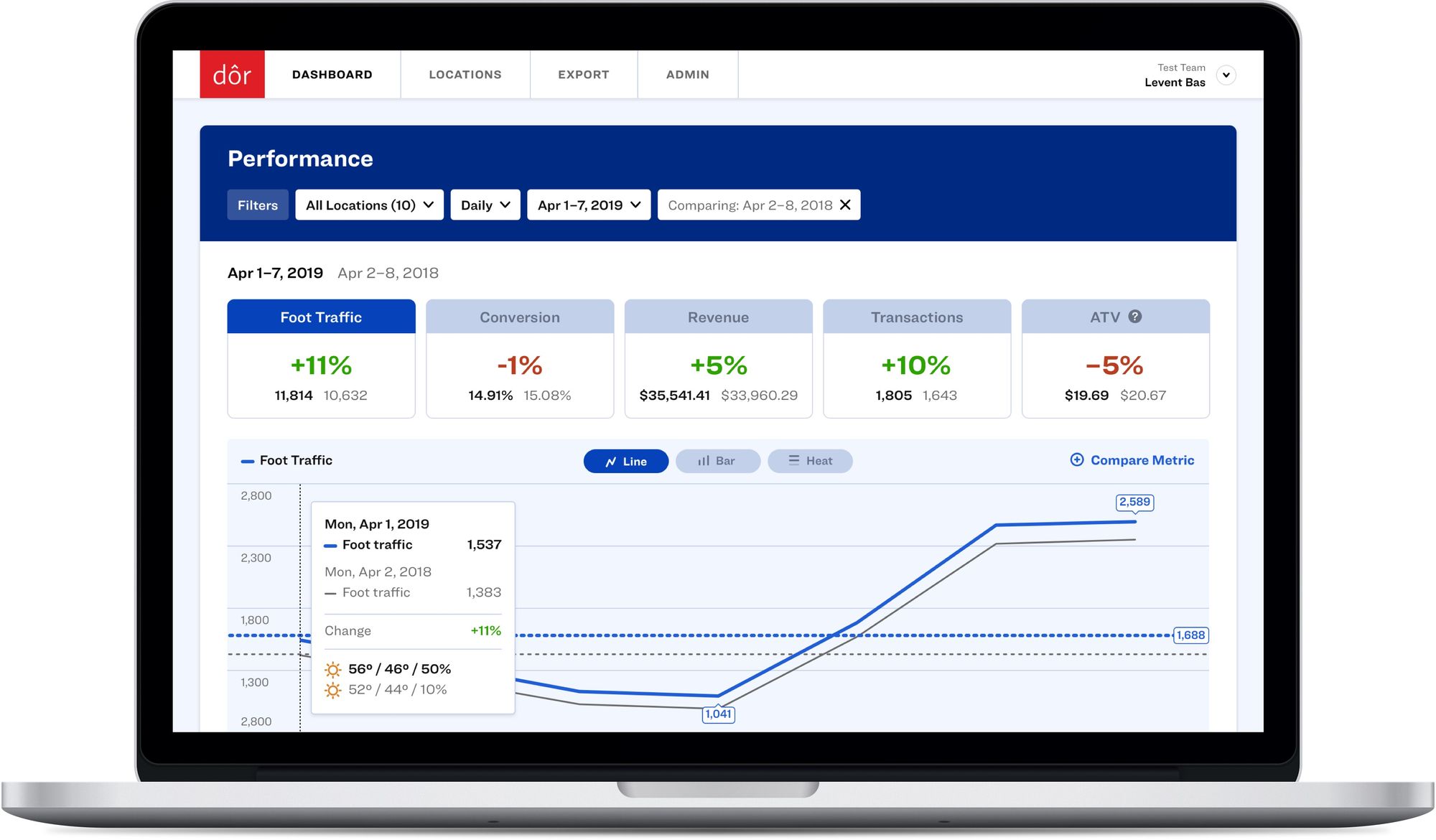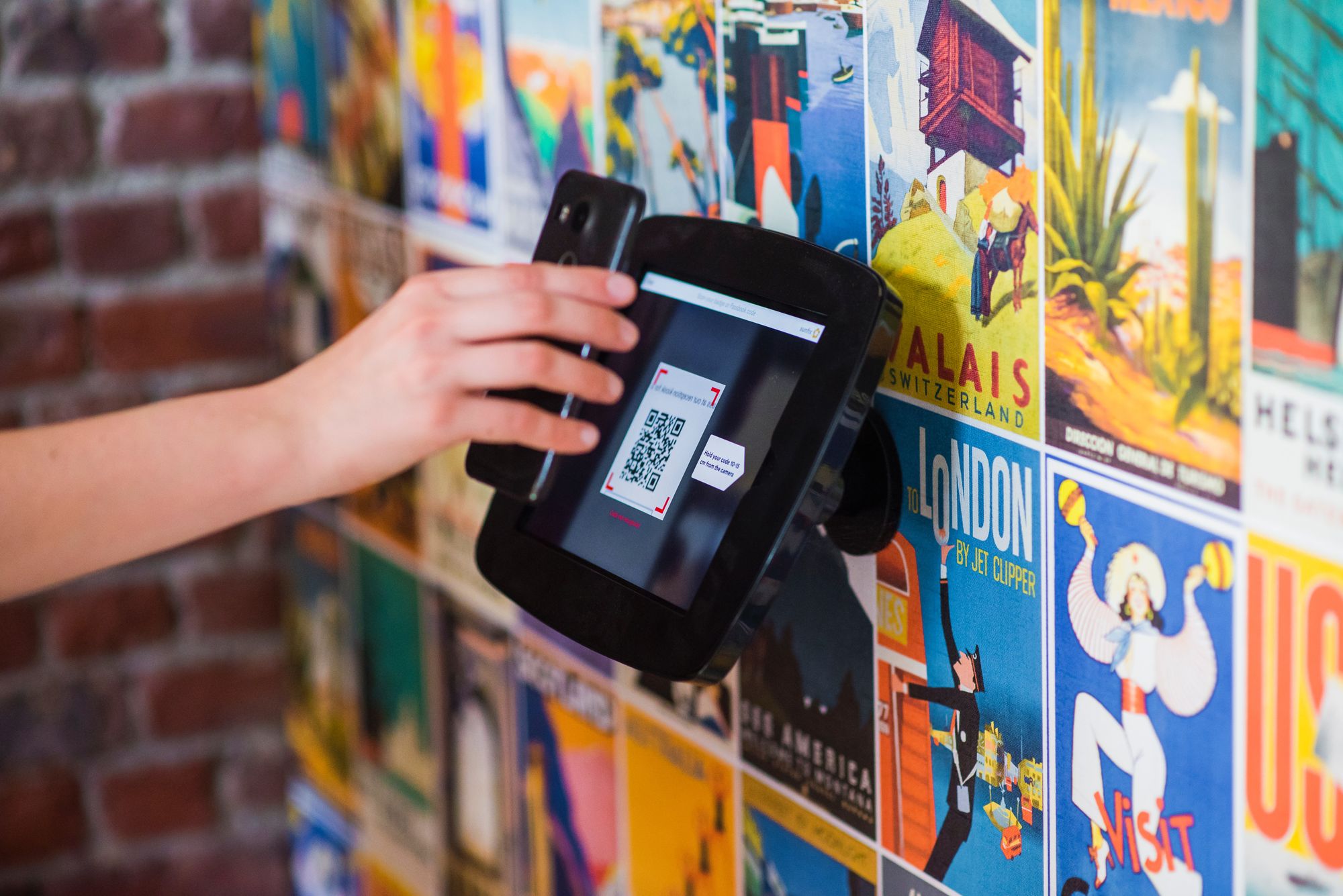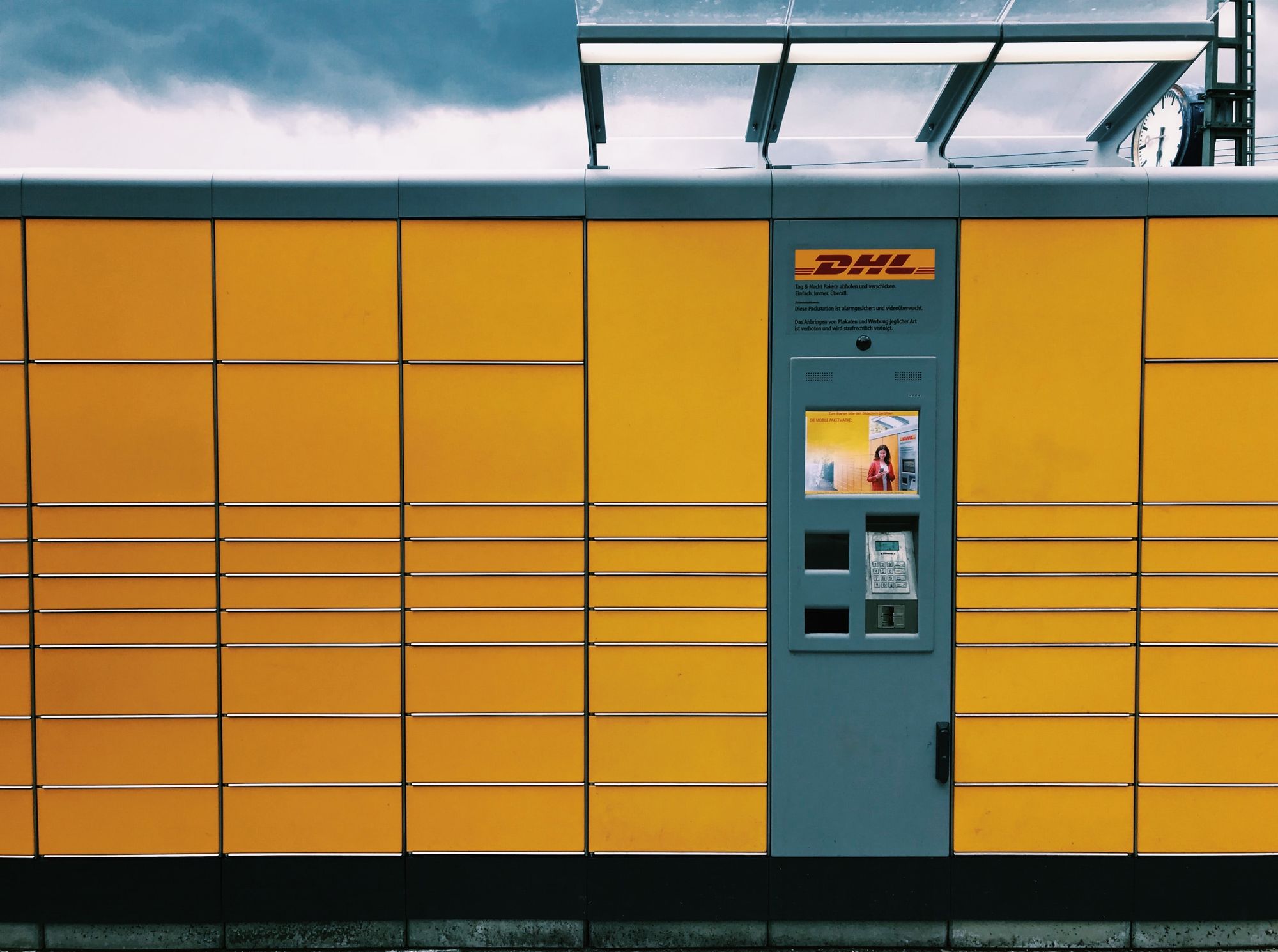Although the sight of friendly, helpful sales staff greeting customers in-store may be comforting for many shoppers, there are also those who would rather be left alone to do all their shopping. Add to that the rise of e-commerce—and the sense of autonomy it gives to buyers—and it’s no wonder why many customers are looking to replicate that experience offline, as well.
Thankfully, there are ways that even the most traditional brick-and-mortar shops can experiment with self-serve solutions to appeal to a wider range of customers—read on to discover the self-serve option best suited to your retailer.

Did you know that a 1% increase in your store’s conversion rate can mean a 10% increase in revenue?
Click here to discover how Dor can help you understand your foot traffic data and make more profitable business decisions.
Ready to purchase? Complete your purchase in just minutes!
What does self-serve mean in retail?
In retail, self-serve is the practice of letting customers make a purchase at a store without the assistance of retail staff. This system is also sometimes referred to as “unattended retail,” as it often requires customers to scan barcodes and pay for their items on their own.
Although self-service checkouts or even entirely self-serve stores such as Amazon Go may seem like a relatively recent invention, they’re nothing new. The originator of self-serve retail, vending machines have been around since the late 1800s thanks to coin-operated postcard dispensers first introduced in London.

Why should retailers invest in self-service?
Health & safety
Although the technology for cashless payments (in the form of contactless credit cards or payments via mobile phones) has been around since the 1990s, these types of payment solutions became undeniably more pervasive in 2020 due to global health and safety concerns. As customers are likely to want to continue making touchless payments in the post-COVID era, offering self-service solutions is a good idea for retailers that want to ease the concerns of their customer base.
Speed
Time-pressed shoppers want to be in and out of stores quickly, and self-service options allow them to do just that. Cutting out long checkout queues and minimizing wait times for shoppers can go a long way in making your retailer a preferred option for customers who are always on the go.
Novel shopping experiences
Thanks to the rise of AI and machine-learning technologies, self-serve devices are able to offer more and more unique features each day, from VR simulations that enable shoppers to visualize big-ticket items like new furniture in their own homes to screens that let shoppers virtually put together an outfit using the store’s inventory. By providing customers with a novel shopping experience, these types of technologies can boost interest in your retailer and help your business grow through word-of-mouth advertising.
Customer data
It’s no secret that data is king in the 21st century, and self-serve solutions are a great way to collect data on customer behavior, shopping habits, etc. After all, customers might be more inclined to share some of their personal data with your store if they can get personalized recommendations in return. Stores can then use this customer data to improve future marketing operations or even make decisions about inventory based on sales trends.

7 ideas to try self-serve for your retail business
1. Touchscreens for self-checkout
The most common type of retail self-service solution is touchscreens that enable customers to scan and pay for their purchases. These are often used in large supermarkets and sometimes even have a limit to the number of products shoppers can buy at one time, minimizing the potential for human error.
Self-checkout touchscreens are a good idea especially for brick-and-mortar retailers with a set price on items (i.e. items that don’t need to be weighed on a scale to determine the final price), as this makes the checkout process easier for customers.
2. Interactive screens for information
Another way that retailers can use self-serve technology in-store is to install interactive screens, not for payment and checkout, but to provide customers with information. For instance, if you’ve got a large store with many different products in different sections (such as a furniture store), you may consider indoor mapping, which offers a spatial visualization of your store that enables customers to easily locate the section or product they’re looking for.
For smaller retailers, a price-check screen may come in handy, enabling customers to scan the barcode to learn the product’s price before making their final decision. Yet another option is interactive screens that showcase product information along with reviews, ratings, and guides on how to use them.
3. Self-serve kiosks
Self-serve kiosks are standalone devices that enable customers to quickly scan and buy products without waiting in a checkout line. As such, they are commonly used in airports and other similar high-traffic areas where speed is paramount. These types of kiosks often come with a credit card reader and may include a separate keypad, although most newer models come with touchscreens.
4. Micro-markets
Larger than a kiosk, micro-markets that allow self-checkout have been popular on school and work campuses even prior to the opening of Amazon Go in January 2018. These types of markets allow customers to browse and pay for their items unattended, so they could be a good option for retailers who want to provide a DIY atmosphere for their customers.
5. Pop-up shops
Designed for fast checkout, pop-up shops with self-serve amenities are great for retailers in that they help save on rent and labor costs, as renting out these shops often costs less than a permanent store, and there is minimal need for staff members to assist customers.
Related: 15 Creative and Inspiring Examples of Popup Shops
6. Personalization through AI
Another way retailers can use self-serve screens or kiosks is to offer personalized recommendations for their customers. Powered by AI and machine-learning algorithms, these types of screens utilize various data points such as past customer purchases, demographical information, and overall trends to recommend products to customers—something traditionally done by in-store sales staff, but with a much higher margin of accuracy thanks to AI.
7. Instant discounts
If you’re a brick-and-mortar store whose customer base is skeptical of self-service options—such as elderly clientele who may not be all that comfortable with these types of modern devices—you can test the waters by adopting a hybrid system that includes both human sales staff and self-service technologies. A great way to incentivize your customers to try out self-service is to offer instant discounts for using the self-serve option. After all, the prospect of saving a few bucks can motivate even the most tech-averse of buyers to try something new.